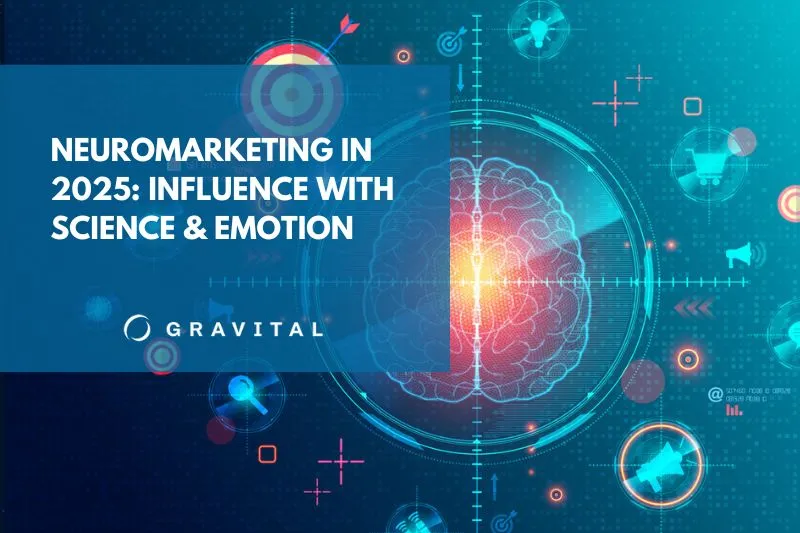The boundaries between physical and virtual realms are blurring, creating a nascent digital space known as the metaverse. This immersive, interconnected network of virtual worlds promises to revolutionize the way we socialize, conduct business and interact with consumers.
For brands and marketers, the metaverse offers unprecedented opportunities for remarkable customer engagement and innovative marketing strategies.
According to a report by McKinsey, the metaverse has the potential to influence commercial and personal lives significantly. Investment in the metaverse crossed $120 billion in 2022 and should generate $5 trillion by 2030.
By 2026, 25% of people are expected to spend at least one hour a day in the metaverse for work, shopping, education, social media and entertainment, Gartner reported.
The metaverse also presents a daunting challenge. Understanding its intricacies and navigating its ecosystem will be crucial for staying ahead of the curve in this rapidly evolving environment.
But what exactly is the metaverse, and how can brands market their products and services there?
The metaverse defined–well, sort of
Right now, the metaverse defies a singular definition. To some people, it is a digital playground for friends. To others, it’s the latest commercial space for brands and consumers.
Technically, a metaverse is a collective shared space comprising interconnected virtual experiences that are accessed through various technologies. Imagine an online ecosystem where individuals not only play and socialize but also conduct business, attend virtual events, shop and even own digital assets like property and artwork.
It helps to think of a metaverse as the next iteration of the internet, which started as individual bulletin boards and independent online destinations that eventually became websites on a virtual shared space. A metaverse, however, is not something you look at, but something you are immersed in.
Following is some additional information that should help you get a better grasp on what a metaverse is and isn’t.
Elements of the metaverse
- convergence of physical and interconnected virtual worlds
- provides an immersive experience
- exists in real-time
- never ends and continues indefinitely
- interoperability and seamless connectivity
- created by user-generated content and “world building”
- users have a virtual identity, presence and individual agency
- users invest and sell in a fully functioning universe
- powered by a decentralized virtual economy


Metaverse technology
Metaverses require multiple technologies to function:
- augmented reality (AR)
- virtual reality (VR)
- artificial intelligence (AI)
- head-mounted displays (HMDs)
- AR cloud
- spatial computing
- the Internet of Things (IoT)
- cryptocurrency, including non-fungible tokens (NFTs)
Examples of metaverses in action
While the metaverse remains in its early stages, several existing platforms offer glimpses of its potential.
- Sandbox: A decentralized gaming platform where users can create and monetize their own virtual experiences.
- Decentraland: Another blockchain-powered virtual world where users can own and develop land, host events, and participate in a virtual economy.
- Roblox: A popular online gaming platform that incorporates metaverse elements such as virtual concerts and item ownership
- Horizon Worlds: A social VR platform from Meta where users can create and explore virtual spaces, play games and socialize with others.
Marketing in the metaverse
Metaverse offers exceptional opportunities for marketers to immerse and engage consumers in a 3D digital experience using VR and AR. In the metaverse, brands can create their own world dedicated to a product or service, where consumers can explore, interact and make purchases through their avatars.
Marketing in the metaverse is fundamentally different from traditional digital marketing. For example, a fashion brand could host a virtual fashion show in the metaverse, allowing users to interact with the clothing line in a virtual space. Similarly, a real estate agency could offer virtual tours of properties. These experiences transcend traditional advertising, offering interactive and engaging ways for customers to connect with brands.
The possibilities for marketing in the metaverse are as many as the virtual worlds themselves:
- Immersive brand experiences such as virtual product launches, fashion shows and educational workshops within dedicated metaverse spaces, fostering deeper brand engagement.
- Virtual storefronts and product showcases where customers can explore and purchase products in real-time, blurring the lines between online and offline shopping.
- Hyper-targeted advertising that delivers personalized and highly relevant advertising, thus maximizing campaign effectiveness.
- Community building and influencer marketing that cultivate brand loyalty and drive organic reach.


Why brands hesitate
Despite its potential, many brands remain skeptical about venturing into the metaverse. Concerns range from the significant investment in unfamiliar technology to unclear monetization models.
The metaverse is still under development, lacking the widespread adoption and standardized infrastructure to fully support robust marketing initiatives. Moreover, while virtual economies exist, their long-term viability and scalability remain unproven, making return on investment (ROI) difficult to quantify.
Issues surrounding user privacy and data security in these new digital spaces pose significant challenges. The lack of established regulations and potential ethical implications surrounding user behavior within these virtual worlds further fuel hesitation.
10 tips for brands and marketers
There’s a lot to know and a lot to do when it comes to the metaverse. Here are the 10 most important tips for brands and marketers considering incorporating the metaverse into their marketing strategies:
- Understand how metaverses and associated technologies work.
- Start small and experiment–begin with pilot projects and test campaigns to understand the metaverse landscape and refine your approach.
- Focus on user experience by providing unique, immersive experiences that add value to the users’ virtual experience.
- Gain traction by collaborating with existing metaverse creators, influencers, platforms and other brands.
- Build brand experiences by creating interactive virtual spaces that resonate with your target audience, allowing them to explore, connect and participate in brand-centric activities.
- Prioritize user privacy and data security to build trust with audiences.
- Stay updated on technological advancements, regulatory changes and consumer trends to adapt your strategies accordingly.
- Foster meaningful connections with users by actively participating in metaverse communities, collaborating with virtual influencers and hosting interactive events.
- Offer users tangible benefits within the metaverse, such as exclusive virtual goods, early access to product launches, or gamified loyalty programs.
- Leverage data analytics to track user behavior and preferences within the metaverse, continuously refining your strategies for optimal engagement and brand resonance.
Looking ahead
The metaverse is still in its early stages, but its potential for brands and marketers is undeniable. The future of marketing is immersive, interactive and user-centric, and the metaverse is paving the way for a truly transformative experience for both brands and consumers.
For those willing to explore and adapt, the metaverse offers a unique opportunity to connect with audiences in meaningful, engaging ways. By understanding the unique characteristics of the metaverse and focusing on creating valuable and engaging experiences for users, brands can build brand loyalty and help shape the future of marketing itself.


